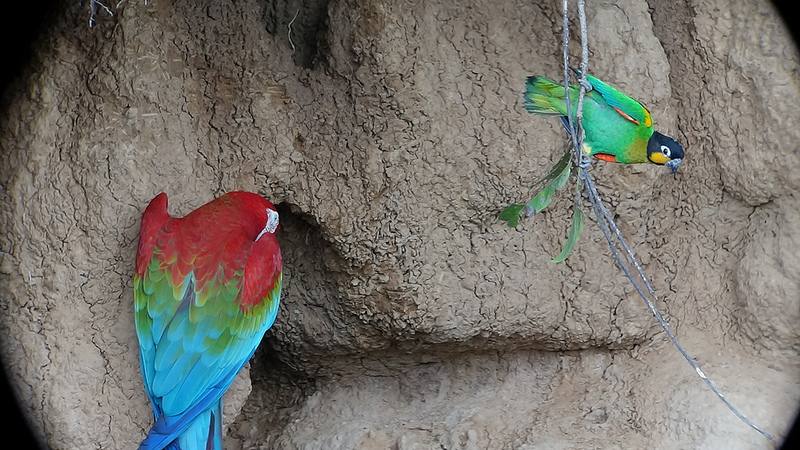Link #117: It Rains Diamonds on Four Different Planets of Our Solar System!

In our last post, we explained how the speed of a raindrop on Earth can never go above 29 kilometres per hour. We also explained how this speed is closely tied to the mass and size of the raindrop. However, that isn’t the only thing that determines how fast the raindrops fall on Earth.
Other things that affect the speed of the raindrop are the atmospheric pressure and the gravitational pull of the planet. The only reason these variables are not considered is that they’re more or less constant on our planet barring minor changes.
However, these variables change dramatically on other heavenly bodies in space. Because they change, they can result in some amazing and unbelievable things happening. For instance, did you know that four planets in our solar system boast of diamond rain?
Which Planets Get Diamond Rain?

Four planets in our solar system get diamond rain. Diamond rain is common on Uranus and Neptune, while it only shows up in some parts of Saturn and Jupiter and that too only on some occasions.
It’s a well-established fact that diamonds fall in the form of a hailstorm or rainfall on Neptune and Uranus. The fact that diamond rain exists was only figured out by some scientists recently.
What these scientists did was to recreate the environment on Saturn and Jupiter in a carefully controlled experiment. They ended up creating diamonds at the end of the process. How do diamonds form as rain on these planets? How did the scientists prove the process? Read on.
How Does Diamond Rain Form?
Diamonds are formed when carbon is put under immense pressure. This is possible in the lab or below the surface of the Earth. On the planets mentioned above, this process takes place in mid-air because of the intense pressure on those planets.
These planets have a lot of methane in the atmosphere. The methane burns out in the atmospheres of these planets because of lightning strikes. It leaves behind hydrogen and carbon molecules. Carbon starts falling down in the form of soot.
As this soot falls down, the pressure on it increases to extremely high levels. This causes the carbon molecules to compress till they start combining to form graphite. Graphite is an extremely mouldable form of carbon which you most probably know as your pencil’s nibs.
These sheets of graphite continue to fall and the pressure continues to rise till it converts the graphite into one centimetre wide diamonds. These diamonds continue to fall and survive on Neptune and Uranus.
What Happens to These Diamonds on Saturn and Jupiter?
However, on Saturn and Jupiter, as they continue falling, the pressure keeps increasing. The pressure gets so intense that it liquefies the diamonds into liquid carbon. When the temperature suddenly rises inside the cores of these planets, huge diamond chunks appear on a sea of liquid carbon.
In effect, you get diamond bergs similar to icebergs on our oceans! Scientists proved this by taking methane and putting it through the same conditions that it goes through on each of these planets.
Can you Guess the Next Link in the Chain?
What will be the next link in our Chain of Facts? Think you might know? Scroll down to add a comment below with your best guess.
You can view the full list of links in the chain here.
Sources:
http://www.spacedaily.com/news/carbon-99d.html
http://www.bbc.com/news/science-environment-24477667
http://www.kidsdiscover.com/quick-reads/raining-diamonds-uranus/
http://www.berkeley.edu/news/berkeleyan/1999/1006/diamonds.html










6784939